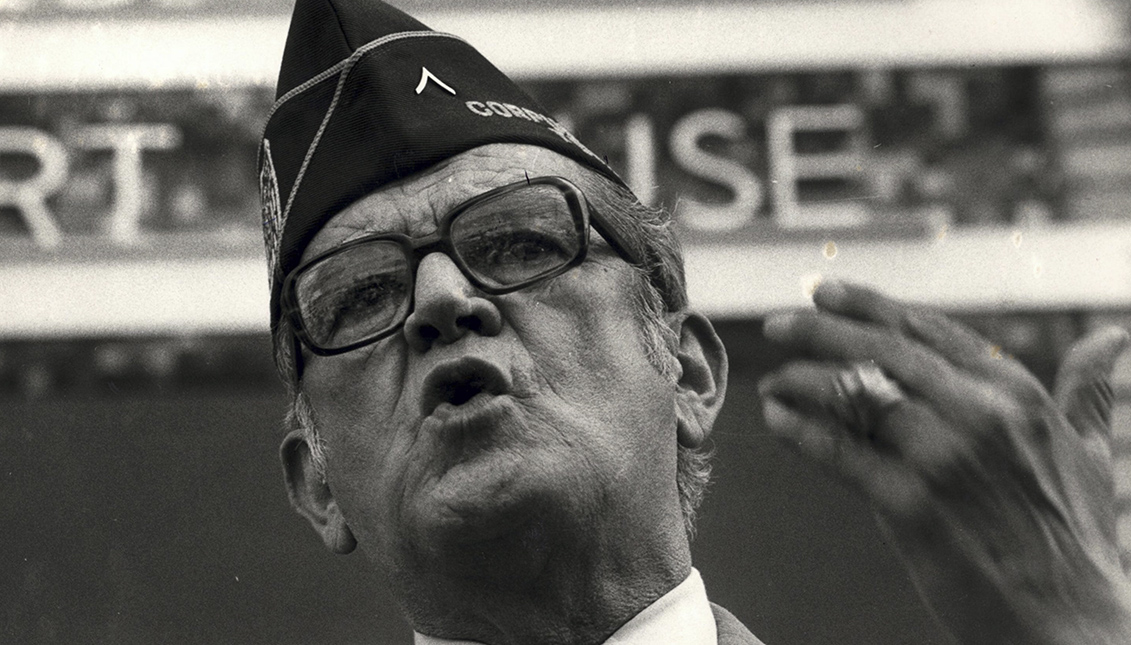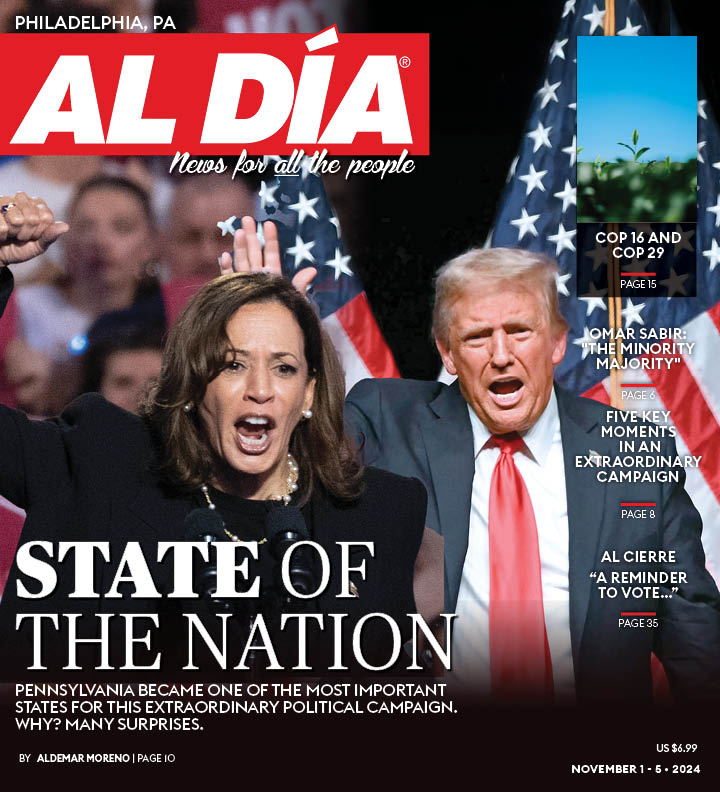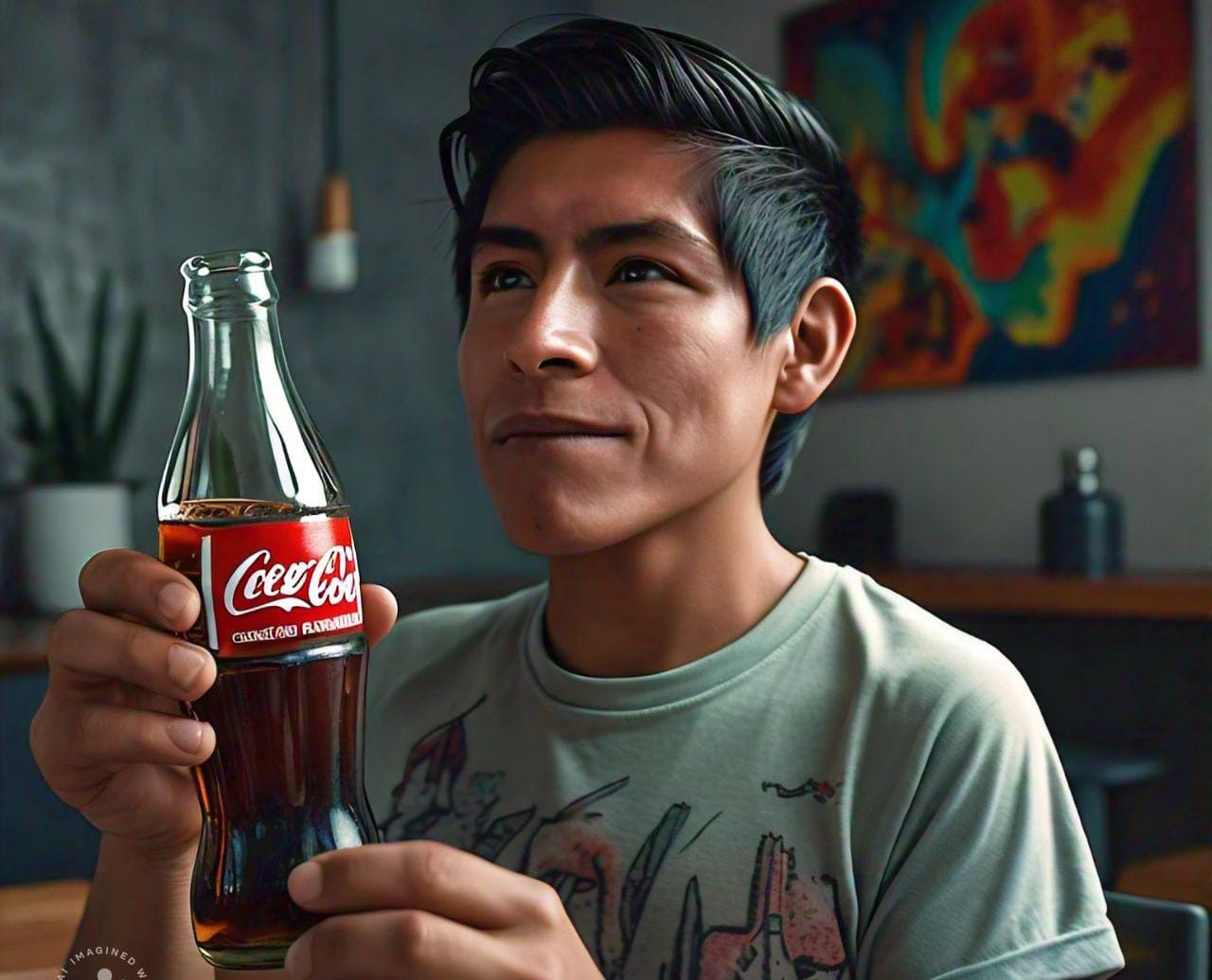
Remembering Héctor García, a veteran and civil rights pioneer
Physician, soldier and civilian leader, it's been 27 years since the death of this icon of the Mexican American struggle.
Born in Tamaulipas, Mexico, the violence of the Mexican Revolution caused Héctor García's family to move to Texas when he was only three years old. It happened in 1918 and the Mexican didn't obtain his U.S. citizenship until 1948, after fighting in the Second World War.
Up until his entry into combat and as it happened to minorities and migrants in this country, he had to suffer prejudice and school apartheid, but that didn't stop Héctor from finishing his medical studies.
However, García's start in the fight for Mexican-American civil rights came after the founding of the American G.I. Forum to protect the rights of veterans, when García and an entire community experienced the first major case of racial prejudice against those who had fought and risked their lives for their country.
It happened when a small town funeral home in Texas refused to hold a wake for a decorated Latino veteran, Felix Longoria, who had fought and died in the war and whose heroic actions later earned him a Purple Heart and other military insignias.
It took the army four years to bring Longoria's body back to Texas and his widow, Beatriz, was turned away by the funeral home, which claimed that "the whites won't like" the burial celebration and that they could only bury her husband in a section for Mexicans, which was surrounded by a barbed-wire fence.
To the outrage of many Latino veterans, who were tired of being treated as second-class citizens, García began sending letters and telegrams to local and state officials condemning such discrimination, including then-Senator Lyndon B. Johnson.
"The whites won't like", the funeral home said to Longoria's widow.
An initiative was followed by a protest that gathered a thousand people and the senator's quick response was read, who answered García:
"I am deeply sorry to know that the prejudices of some individuals extend even beyond this life," Johnson wrote. "This injustice... is deplorable."
The telegram went on to say that the senator had arranged for Longoria to be buried at Arlington National Cemetery, becoming the first of some 450,000 Mexican-American soldiers who fought in WWII to receive such an honor.
The rejection of the funeral home and the subsequent conquest of a posthumous right for the soldier reached the mainstream media and even a representative of the Truman Government attended the veteran's burial.
"This injustice... is deplorable," stated Lyndon Johnson.
The success of the protest encouraged García to continue fighting for the rights of Mexican Americans, bringing a message to the entire community: They were as American as anyone else and should demand their rights.
So, having just founded the forum for veterans, the military man and doctor traveled around the country in his legendary blue Cadillac, helping to establish dozens of chapters of the organization.
Not only were Latinx who had fought in the war and died in it suffering this posthumous apartheid, but also those who had returned were receiving late and dribbling access to benefits from their status as veterans. This was especially true in the area of health, as García found out as soon as he returned from the war, when he opened a clinic with his brother in Corpus Christi, Texas.
RELATED CONTENT
The G.I Forum he founded promoted, among other actions, was a fundraiser to pay the election tax in Texas so that its members could vote. This began to attract the attention of the entire country to his fight against discrimination and the poor living conditions of more than 1.5 million Mexican Americans.
Another of his victories in collaboration with LULAC was the historic ruling in the case of Hernandez vs. Texas, which succeeded in arguing to the Supreme Court that the convicted Pete Hernandez had not had a fair trial, since the jury was composed solely of whites.
During the 1960s, García became the national coordinator of JFK's "Viva Kennedy" campaign to win over Texas. By the time of President Kennedy's assassination in 1963, the GI Forum had already formed strong alliances with the White House, which resulted in programs such as Medicaid and Medicare, after then-Vice President Lyndon Johnson was sworn in.
In fact, Johnson himself would refer in the 1965 presentation of the War on Poverty program to his college experiences teaching at a segregated school for Mexicans in Texas as influencing his decision to change the power play in the country.
"It never occurred to me in my wildest dreams that I would have the opportunity to help the sons and daughters of these students and to help people like them across the country," Johnson told the nation. "But now I have that opportunity, and I'll let you in on a secret. I plan to use it."
However, the veteran expressed his disagreement that senior policy positions were not yet filled by any Mexican Americans and Johnson had to step back and nominate a member of the American G.I. Forum for the Equal Employment Opportunity Commission. García himself became the civil rights commissioner and ambassador to the United Nations to improve relations with Latin America.
García didn't solve discrimination, but he paved the way for the equality.
But even Mexican-American activism had to go a step further.
Because Johnson's government focused on other fronts, such as the Vietnam War, community issues remained in the background and other much younger and more visible Chicano groups emerged to put it right, condemning the war and calling for La Raza.
With them, Garcia passed the baton to new generations, although the American G.I. Forum continues to be a reference point in the defense of veterans of color today. García achieved the highest honor for his work, when former President Reagan awarded him the Presidential Medal of Freedom in 1984.
García didn't solve discrimination — that front is still open — but he did pave the way for the equality fighters that followed him.











LEAVE A COMMENT:
Join the discussion! Leave a comment.